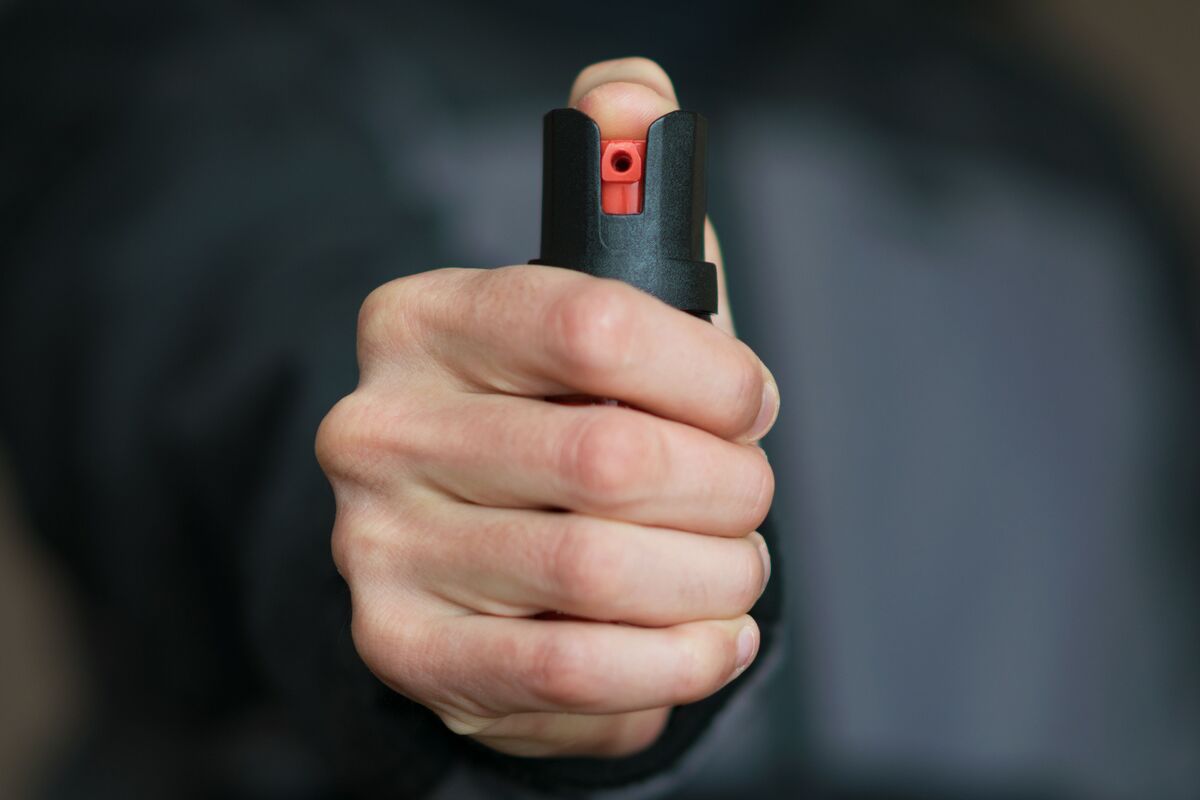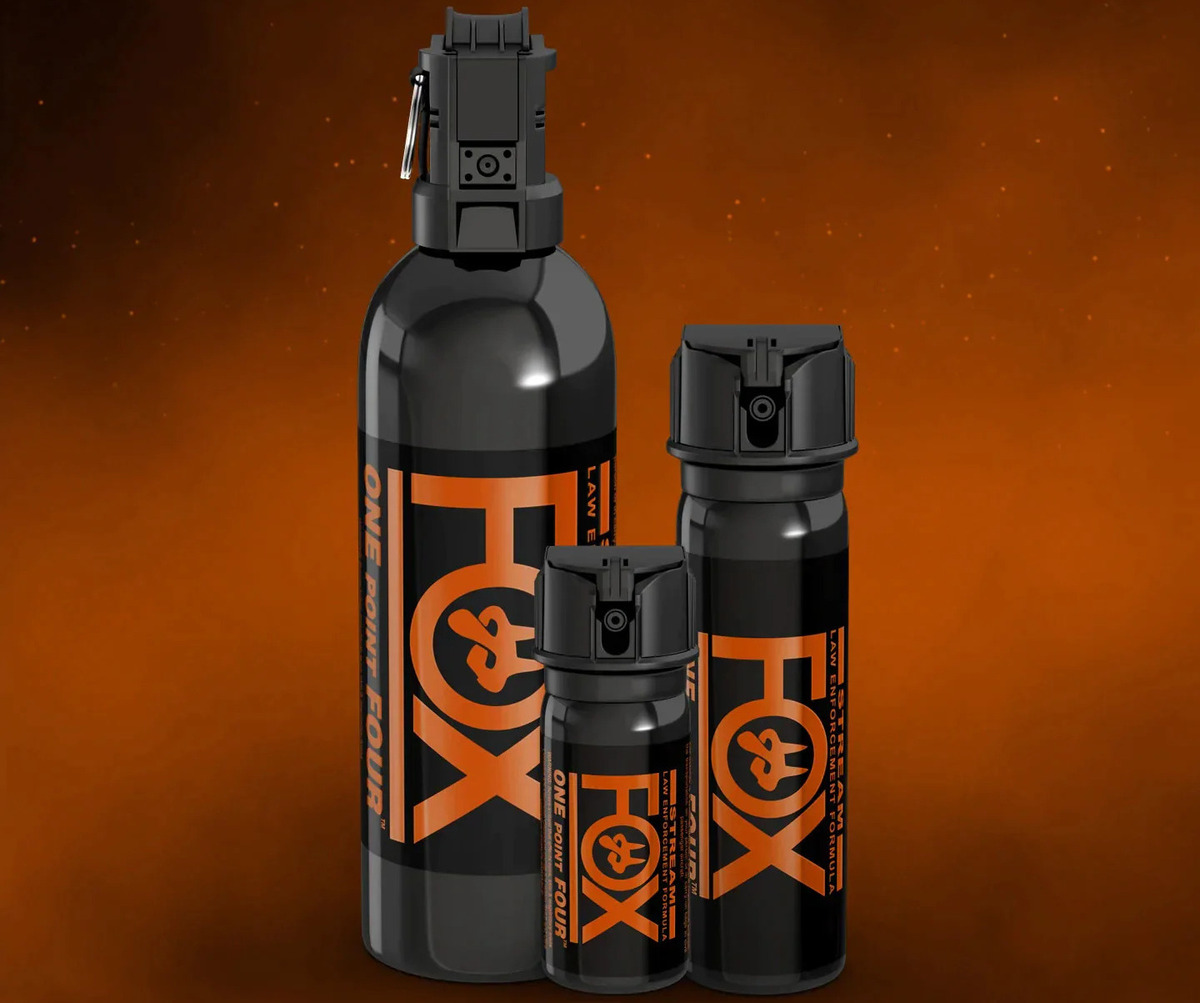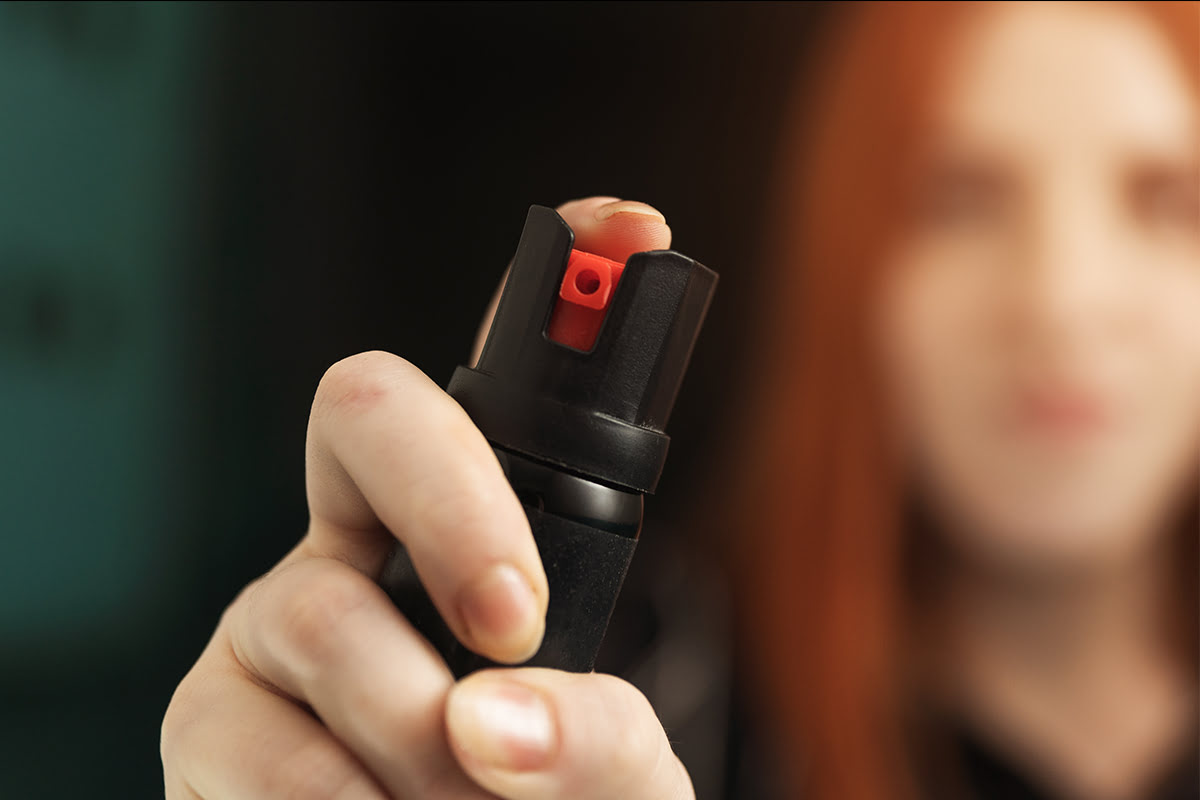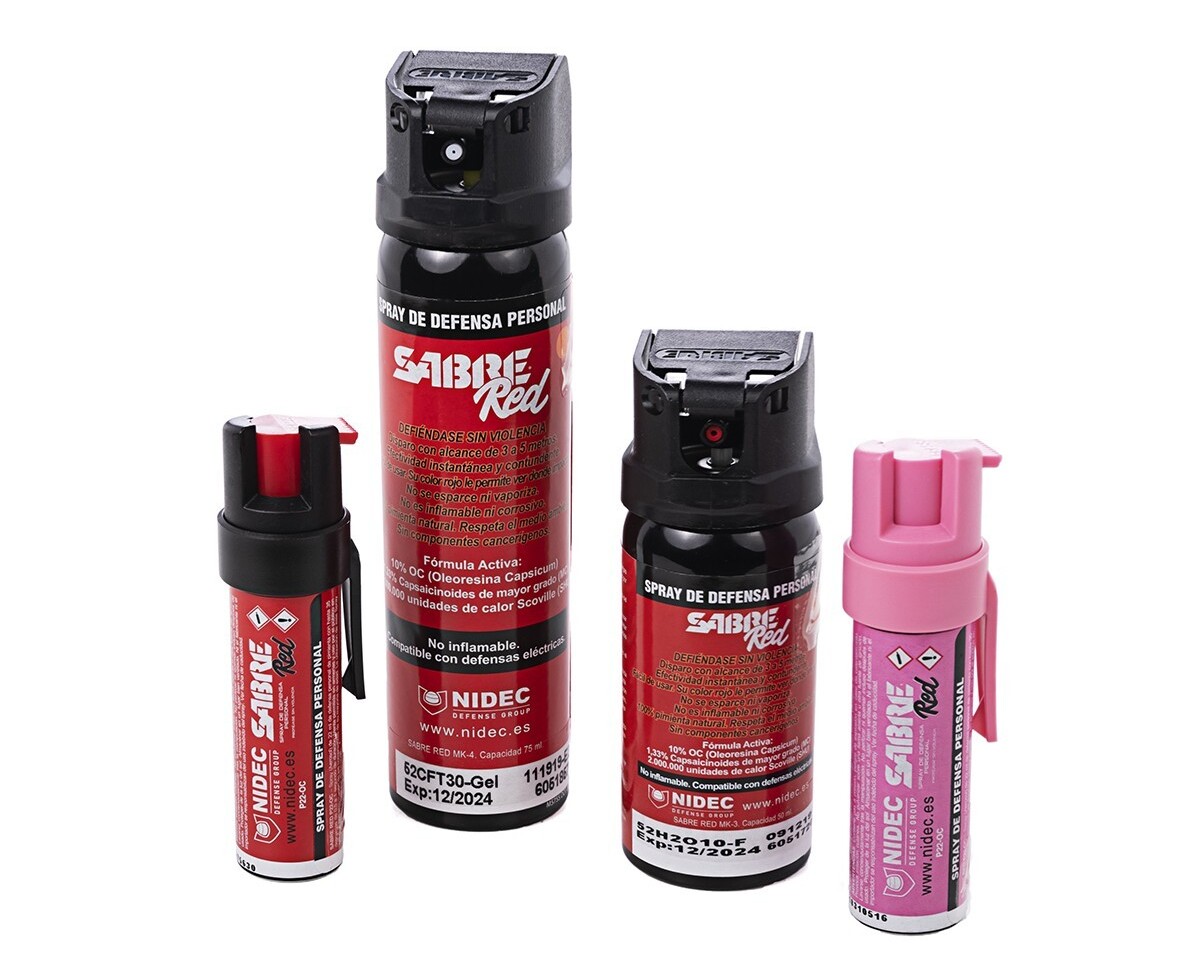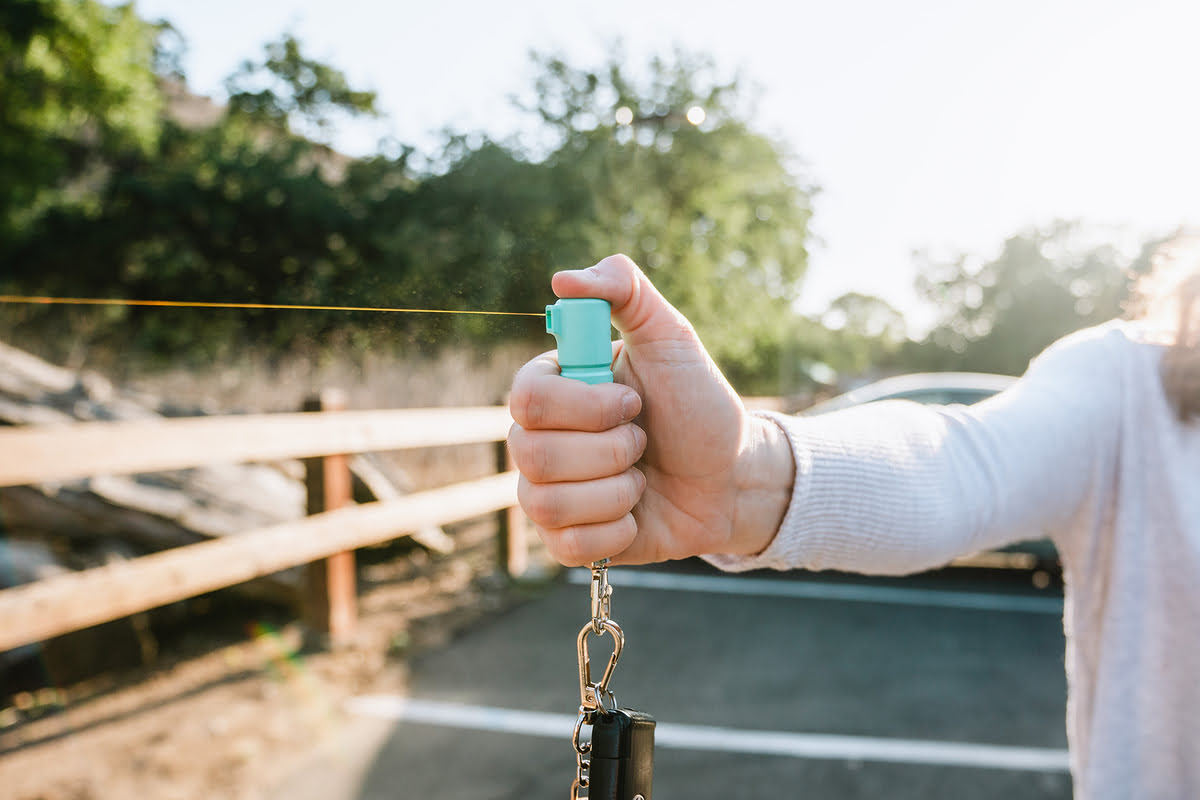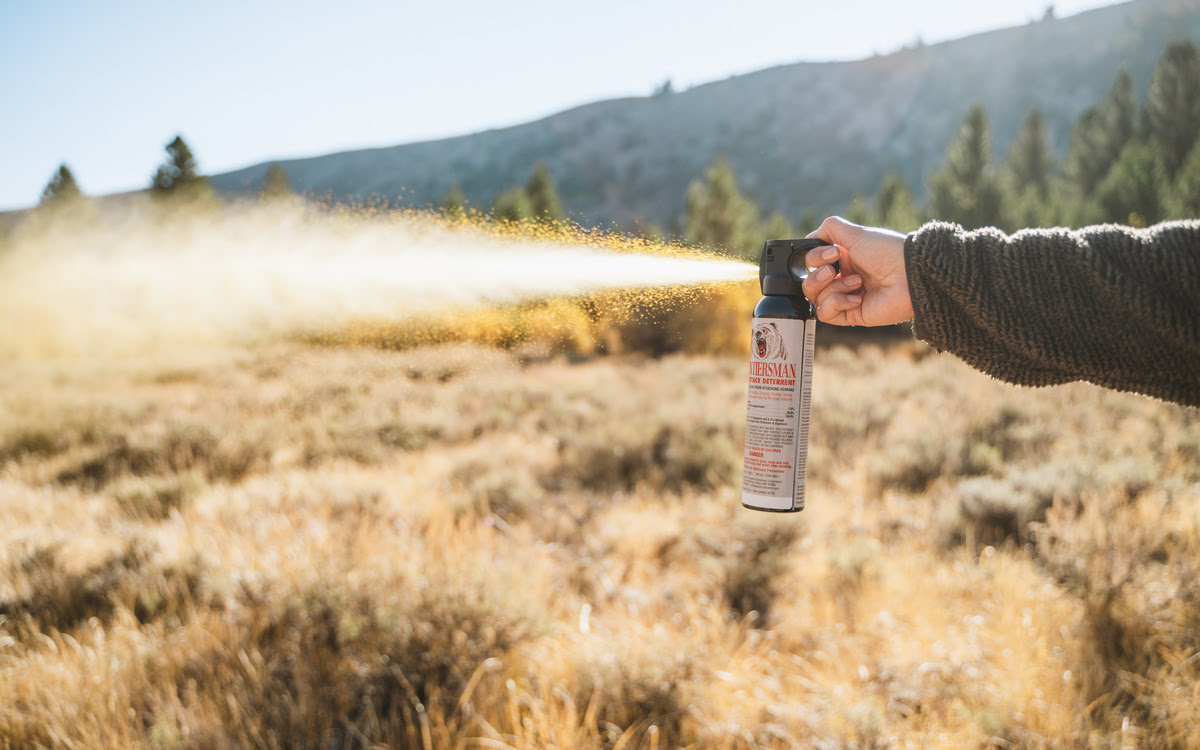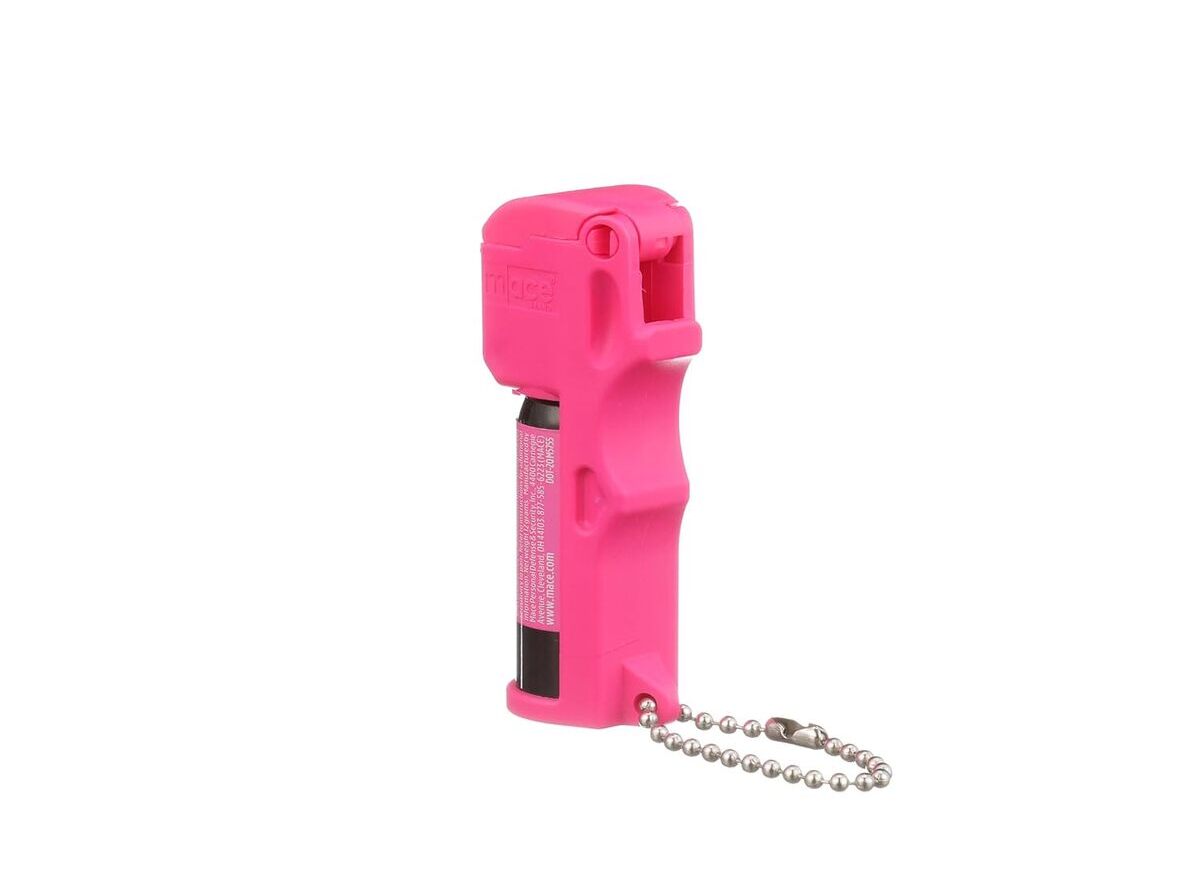Home>Home Security and Surveillance>What Hurts More: Taser Or Pepper Spray


Home Security and Surveillance
What Hurts More: Taser Or Pepper Spray
Modified: March 6, 2024
Discover the best home security and surveillance options to protect your family. Find out which is more effective: tasers or pepper spray.
(Many of the links in this article redirect to a specific reviewed product. Your purchase of these products through affiliate links helps to generate commission for Storables.com, at no extra cost. Learn more)
Introduction
Home security and surveillance play a vital role in ensuring the safety and well-being of our homes and loved ones. In an unpredictable world, it is essential to have reliable security measures in place to protect ourselves against potential threats. When it comes to personal protection, two popular options often come to mind: tasers and pepper spray.
Tasers and pepper spray are both non-lethal self-defense tools that can help ward off attackers and provide valuable time to escape dangerous situations. While they serve a similar purpose, there are distinct differences in how they work and the effects they have. Understanding these differences is crucial in making an informed decision about which option is best suited for your personal safety needs.
In this article, we will explore the world of tasers and pepper spray, examining their mechanisms, effects, and the pros and cons of each. By gaining a deeper understanding of these self-defense tools, you will be better equipped to make the right choice for your home security needs.
Key Takeaways:
- Taser and pepper spray are effective non-lethal self-defense tools, but they have different effects and considerations. Understanding these differences is crucial for making an informed choice based on personal safety needs.
- When choosing between a taser and pepper spray, consider factors such as effectiveness, range, safety, legal requirements, and personal preference. Both options require proper training and compliance with local laws for responsible use.
Read more: Why Does Pepper Spray Hurt
Overview of Taser
A taser is an electroshock weapon that works by delivering a high-voltage electric current to disrupt the body’s neuromuscular system. It is designed to temporarily incapacitate an individual by causing involuntary muscle contractions.
Tasers typically come in the form of handheld devices that emit electrical charges through two barbed electrodes. These electrodes are attached to the device by wires and are fired towards the target. Upon contact, the electrical charge travels through the wires and into the target’s body.
One of the primary advantages of a taser is its ability to incapacitate an attacker from a distance, allowing for a safer distance between you and the threat. Tasers also have a high success rate in immobilizing individuals regardless of their pain tolerance or resistance to physical force.
It’s important to note that tasers are regulated in many jurisdictions and may require a license or permit for legal possession and use. Familiarize yourself with the laws in your area before considering the purchase or use of a taser for personal protection.
Effects of Taser
When a taser is deployed and makes contact with the target’s body, it delivers a series of electric shocks that disrupt the normal functioning of the neuromuscular system. This disruption leads to an immediate loss of control over voluntary muscle movements, resulting in temporary incapacitation.
The effects of a taser can vary depending on several factors, such as the duration of the electrical charge and the target’s physical condition. Here are some common effects of being tased:
- Loss of balance and coordination: When the electrical charge disrupts the neuromuscular system, the target may experience sudden muscle contractions, leading to a loss of balance and coordination. This can cause the individual to stumble or fall.
- Extreme pain and discomfort: Tasers are known to cause a significant amount of pain upon impact. The electrical shocks stimulate the nerves, resulting in a sharp, intense pain that can be overwhelming.
- Temporary paralysis: In some cases, the electrical current from a taser can cause temporary paralysis in the target. This can render them immobile and unable to continue with any aggressive actions.
- Mental disorientation: The effects of being tased can also include confusion, disorientation, and mental impairment. The intense pain and sudden muscle contractions can overwhelm the target’s cognitive functions, making it difficult for them to process information or make coherent decisions.
It is important to note that although a taser is considered non-lethal, there are risks associated with its use, especially for individuals with pre-existing medical conditions. Extended exposure to electrical shocks or repeated taser deployments can potentially pose a greater risk to the target’s health. Therefore, it is essential to exercise caution and use tasers responsibly.
When considering a taser for personal protection, it is crucial to undergo proper training and familiarize oneself with the device’s operation and safety guidelines. This will help minimize the risks involved and ensure the effective and responsible use of this self-defense tool.
Overview of Pepper Spray
Pepper spray, also known as OC spray (oleoresin capsicum), is a non-lethal aerosol spray that contains a chemical compound derived from hot peppers. It is widely used as a self-defense tool due to its effectiveness in incapacitating attackers.
Pepper spray is typically dispensed from a small canister, making it compact and easy to carry. The active ingredient in pepper spray, capsaicin, is a natural irritant that affects the eyes, nose, and respiratory system.
When deployed, pepper spray emits a fine mist or stream that comes into contact with the attacker’s face. The capsaicin in the spray causes an intense burning sensation, involuntary eye closure, difficulty breathing, and disorientation. These effects can incapacitate the attacker and buy precious time for the victim to escape or seek help.
It’s important to note that pepper spray is legal for personal use in many jurisdictions, but regulations regarding its possession and use can vary. Familiarize yourself with the local laws and regulations before purchasing pepper spray for self-defense purposes.
Effects of Pepper Spray
When pepper spray is used against an attacker, it delivers a powerful chemical irritant that affects the attacker’s sensory system. The active ingredient, capsaicin, causes a range of effects that can incapacitate the target temporarily. Here are some common effects of being exposed to pepper spray:
- Severe eye irritation: One of the primary effects of pepper spray is the intense burning and irritation it causes to the eyes. The capsaicin in the spray stimulates the nerve endings in the eyes, leading to immediate pain, redness, and tearing. The eyes may also swell and temporarily impair vision.
- Respiratory distress: Inhaling the mist or aerosol of pepper spray can cause respiratory distress. The capsaicin irritates the mucous membranes in the nose, throat, and lungs, leading to coughing, gagging, and difficulty breathing. This can incapacitate the attacker and hinder their ability to pursue or harm the victim further.
- Disorientation and confusion: The intense pain and irritation caused by pepper spray can lead to disorientation and confusion for the attacker. This can disrupt their ability to think clearly, making it difficult for them to continue with any aggressive actions.
- Skin irritation: If pepper spray comes into contact with the skin, it can cause irritation, redness, and a burning sensation. This can further deter the attacker and create an opportunity for the victim to escape.
The effects of pepper spray are typically temporary and subside within 20-30 minutes. However, the intensity and duration of the effects can vary depending on factors such as the concentration of capsaicin in the spray and the target’s sensitivity to the chemical.
It’s important to remember that while pepper spray is an effective self-defense tool, it may not be effective on everyone. Individuals under the influence of drugs or alcohol, or those with a high tolerance to pain, may have a reduced response to pepper spray. Additionally, individuals with respiratory problems or sensitivity to capsaicin may experience more severe reactions.
Proper usage and responsible handling of pepper spray are essential to avoid accidental exposure and maximize its effectiveness as a self-defense tool. It is recommended to receive proper training on how to use pepper spray effectively and familiarize yourself with any specific safety guidelines provided by the manufacturer.
Comparison of Taser and Pepper Spray
When considering self-defense options, it’s important to understand the differences between tasers and pepper spray in order to make an informed decision. Here’s a comparison of the two:
Effectiveness:
Both tasers and pepper spray are known for their effectiveness in incapacitating attackers. However, the impact may vary depending on the individual’s tolerance, physical condition, and other factors. Tasers can cause immediate muscle contractions and temporary paralysis, while pepper spray induces intense pain and irritates the eyes and respiratory system.
Range:
Tasers have a longer range compared to pepper spray. Tasers can deploy electrodes up to 15 feet away from the user, allowing for a safer distance between you and the attacker. Pepper spray, on the other hand, typically has a range of 6 to 12 feet, requiring closer proximity to the target for effective deployment.
Safety Considerations:
Both tasers and pepper spray have safety considerations to take into account. Tasers, when used responsibly, are generally considered safe. However, repeated or prolonged exposure to electrical shocks can carry risks, especially for individuals with certain medical conditions. Pepper spray may also have some side effects, such as temporary impairment of vision and breathing difficulties. It’s important to follow proper training and safety guidelines for both options.
Read more: What Is Pepper Spray
Legal Considerations:
The legal status of tasers and pepper spray varies by jurisdiction. While both are legal for personal use in many areas, some may require permits or have restrictions on their possession and use. Ensure you are familiar with the laws and regulations in your location before purchasing and using either option for self-defense.
Training and Familiarity:
Tasers require proper training and familiarization with their operation to ensure safe and effective use. Understanding how to aim and deploy electrodes correctly is crucial for effective incapacitation. Pepper spray also benefits from training to develop proper technique and understand how to deal with wind conditions and spray patterns.
Personal Preference:
Ultimately, the choice between a taser and pepper spray comes down to personal preference and what you feel most comfortable using. Consider your individual needs, concerns, and any health factors that may influence your decision. It may also be helpful to consult with self-defense experts or law enforcement professionals to gain further insights and guidance.
Regardless of which option you choose, it is important to remember that self-defense tools should be used responsibly and with the intention of protecting yourself and others. Regularly review and update your knowledge of self-defense techniques and remember that the best defense is often prevention, awareness, and avoiding potentially dangerous situations whenever possible.
Conclusion
When it comes to personal safety and home security, having the right tools and knowledge is paramount. Tasers and pepper spray are both effective non-lethal self-defense options that can help protect you and your loved ones. Understanding the differences between the two is crucial in making an informed decision based on your individual needs and comfort level.
Tasers utilize electrical shocks to temporarily incapacitate attackers from a distance. They can cause immediate muscle contractions, pain, and temporary paralysis. Pepper spray, on the other hand, is an aerosol spray that irritates the eyes and respiratory system, causing intense pain and disorientation.
Consider factors such as effectiveness, range, safety considerations, legal requirements, and personal preference when choosing between a taser and pepper spray. Take into account the training and familiarity required for each option and ensure you comply with local laws and regulations.
Remember, self-defense tools should be used responsibly and as a last resort when faced with a potentially dangerous situation. Prevention, awareness, and avoidance of dangerous situations are key components of personal safety. Keep yourself informed about self-defense techniques and, when possible, seek guidance from professionals in the field.
Ultimately, the goal is to protect yourself and your loved ones in the best way possible. Whether you choose a taser or pepper spray, both can be effective tools in deterring and incapacitating attackers. Prioritize your safety and be prepared to defend yourself should the need arise.
By being knowledgeable about your options and taking steps to enhance your personal security, you can gain peace of mind and create a safer environment for yourself and your family.
Frequently Asked Questions about What Hurts More: Taser Or Pepper Spray
Was this page helpful?
At Storables.com, we guarantee accurate and reliable information. Our content, validated by Expert Board Contributors, is crafted following stringent Editorial Policies. We're committed to providing you with well-researched, expert-backed insights for all your informational needs.
